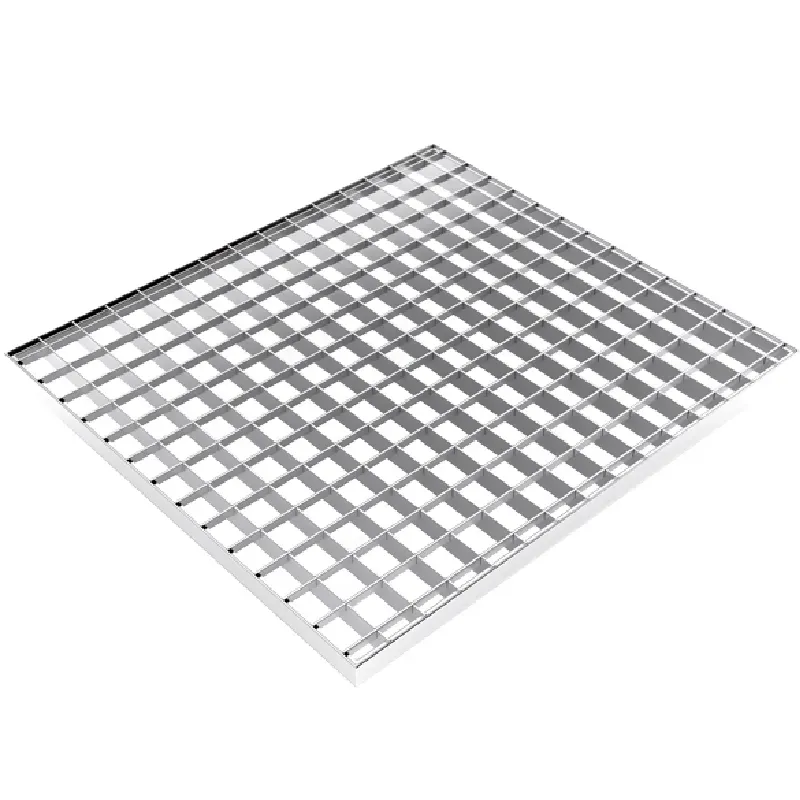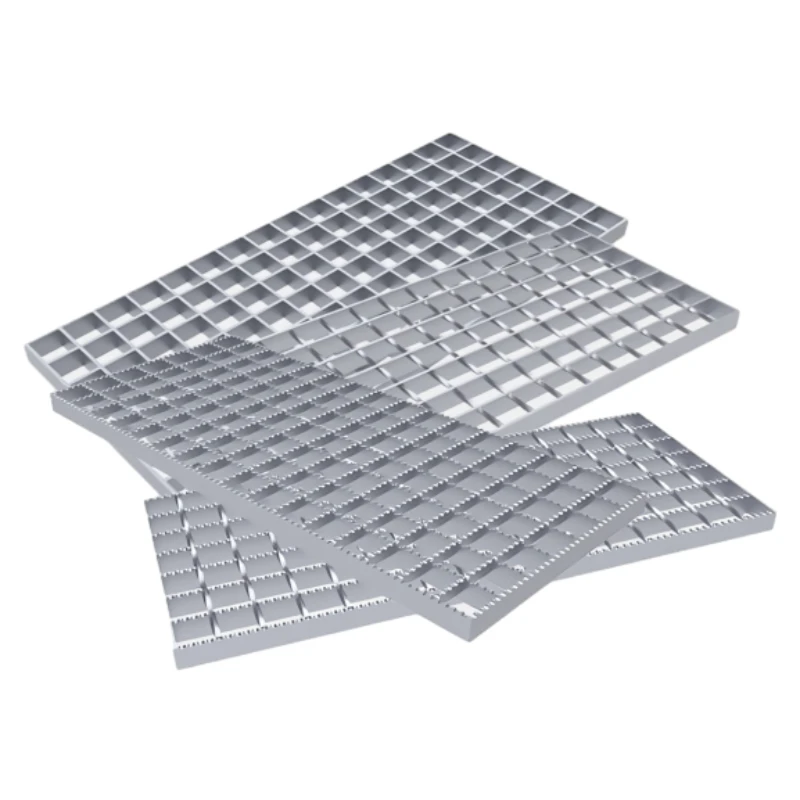- Industrial zone, South of Anping Town, Hengshui, Hebei, China.
- sales@hfpetromesh.com
- +86-18931809706
 Afrikaans
Afrikaans  Albanian
Albanian  Amharic
Amharic  Arabic
Arabic  Armenian
Armenian  Azerbaijani
Azerbaijani  Basque
Basque  Belarusian
Belarusian  Bengali
Bengali  Bosnian
Bosnian  Bulgarian
Bulgarian  Catalan
Catalan  Cebuano
Cebuano  Corsican
Corsican  Croatian
Croatian  Czech
Czech  Danish
Danish  Dutch
Dutch  English
English  Esperanto
Esperanto  Estonian
Estonian  Finnish
Finnish  French
French  Frisian
Frisian  Galician
Galician  Georgian
Georgian  German
German  Greek
Greek  Gujarati
Gujarati  Haitian Creole
Haitian Creole  hausa
hausa  hawaiian
hawaiian  Hebrew
Hebrew  Hindi
Hindi  Miao
Miao  Hungarian
Hungarian  Icelandic
Icelandic  igbo
igbo  Indonesian
Indonesian  irish
irish  Italian
Italian  Japanese
Japanese  Javanese
Javanese  Kannada
Kannada  kazakh
kazakh  Khmer
Khmer  Rwandese
Rwandese  Korean
Korean  Kurdish
Kurdish  Kyrgyz
Kyrgyz  Lao
Lao  Latin
Latin  Latvian
Latvian  Lithuanian
Lithuanian  Luxembourgish
Luxembourgish  Macedonian
Macedonian  Malgashi
Malgashi  Malay
Malay  Malayalam
Malayalam  Maltese
Maltese  Maori
Maori  Marathi
Marathi  Mongolian
Mongolian  Myanmar
Myanmar  Nepali
Nepali  Norwegian
Norwegian  Norwegian
Norwegian  Occitan
Occitan  Pashto
Pashto  Persian
Persian  Polish
Polish  Portuguese
Portuguese  Punjabi
Punjabi  Romanian
Romanian  Russian
Russian  Samoan
Samoan  Scottish Gaelic
Scottish Gaelic  Serbian
Serbian  Sesotho
Sesotho  Shona
Shona  Sindhi
Sindhi  Sinhala
Sinhala  Slovak
Slovak  Slovenian
Slovenian  Somali
Somali  Spanish
Spanish  Sundanese
Sundanese  Swahili
Swahili  Swedish
Swedish  Tagalog
Tagalog  Tajik
Tajik  Tamil
Tamil  Tatar
Tatar  Telugu
Telugu  Thai
Thai  Turkish
Turkish  Turkmen
Turkmen  Ukrainian
Ukrainian  Urdu
Urdu  Uighur
Uighur  Uzbek
Uzbek  Vietnamese
Vietnamese  Welsh
Welsh  Bantu
Bantu  Yiddish
Yiddish  Yoruba
Yoruba  Zulu
Zulu
- Afrikaans
- Albanian
- Amharic
- Arabic
- Armenian
- Azerbaijani
- Basque
- Belarusian
- Bengali
- Bosnian
- Bulgarian
- Catalan
- Cebuano
- Corsican
- Croatian
- Czech
- Danish
- Dutch
- English
- Esperanto
- Estonian
- Finnish
- French
- Frisian
- Galician
- Georgian
- German
- Greek
- Gujarati
- Haitian Creole
- hausa
- hawaiian
- Hebrew
- Hindi
- Miao
- Hungarian
- Icelandic
- igbo
- Indonesian
- irish
- Italian
- Japanese
- Javanese
- Kannada
- kazakh
- Khmer
- Rwandese
- Korean
- Kurdish
- Kyrgyz
- Lao
- Latin
- Latvian
- Lithuanian
- Luxembourgish
- Macedonian
- Malgashi
- Malay
- Malayalam
- Maltese
- Maori
- Marathi
- Mongolian
- Myanmar
- Nepali
- Norwegian
- Norwegian
- Occitan
- Pashto
- Persian
- Polish
- Portuguese
- Punjabi
- Romanian
- Russian
- Samoan
- Scottish Gaelic
- Serbian
- Sesotho
- Shona
- Sindhi
- Sinhala
- Slovak
- Slovenian
- Somali
- Spanish
- Sundanese
- Swahili
- Swedish
- Tagalog
- Tajik
- Tamil
- Tatar
- Telugu
- Thai
- Turkish
- Turkmen
- Ukrainian
- Urdu
- Uighur
- Uzbek
- Vietnamese
- Welsh
- Bantu
- Yiddish
- Yoruba
- Zulu
Durable & Easy Channel Drain Grate Replacement Quick Install
- Introduction to Channel Drain Grate Importance
- Technological Innovations in Grate Design
- Essential Features of High-Performance Grates
- Manufacturer Comparison: Materials, Load Ratings, and Costs
- Tailoring Solutions to Site-Specific Challenges
- Case Studies: From Residential to Industrial Applications
- The Long-Term Value of Proactive Grate Replacement

(channel drain grate replacement)
The Critical Role of Channel Drain Grate Replacement in Drainage Systems
Modern infrastructure relies on efficient surface water management, where channel drain grate functionality determines overall drainage performance. Failed grates cause flooding liabilities, pedestrian hazards, and property damage averaging $12,000 per incident according to municipal infrastructure reports. Regular trench drain grate replacement isn't mere maintenance; it's critical risk mitigation. As grates endure constant vehicular impact (up to 25 tons for heavy-duty models), ultraviolet degradation, and freeze-thaw cycles, proactive assessment prevents sudden failures. Leading facilities managers schedule French drain grate channel inspections quarterly, replacing components every 5-8 years depending on traffic volume.
Technological Advancements in Modern Trench Drain Grates
Material science breakthroughs transformed standard channel systems into precision-engineered solutions. Stainless steel alloys like 316L now dominate 73% of commercial installations due to unprecedented salt-resistance properties. Polymer-composite options featuring fiberglass reinforcement withstand chemical exposure that corrodes traditional metals within 18 months. Hydraulic engineers now prioritize vortex-flow gratings that increase drainage capacity by 40% compared to conventional designs. These CAD-optimized patterns prevent debris accumulation while meeting ADA slip-resistance standards (≥0.85 coefficient). Laboratory tests confirm next-gen grates endure 1.5 million load cycles without deformation – triple the lifespan of 1990s-era models.
Essential Features of High-Performance Grates
Superior trench drain grates share measurable characteristics ensuring reliable operation. Load class certification (EN1433 C250-D400) non-negotiable for automotive applications indicates tested weight capacities from 1.5 to 40 tons. Commercial sites require slot openings ≤20mm to comply with international heel-proof standards. Advanced drainage channels incorporate:
- Bi-directional load transfer designs distributing weight laterally
- Non-metallic alternatives achieving 100% corrosion immunity
- Thermal-break frames eliminating cold-weather adhesion
- RFID tags embedded for inventory management
Fire-rated variants withstand 1700°F for two hours – critical for industrial zones. Maintenance frequency data reveals galvanized steel requires cleaning 3x more often than polymer or stainless equivalents.
Manufacturer Comparison: Specifications and Performance Benchmarks
| Manufacturer | Material | Max Load Rating | Slip Resistance | Chemical Resistance | Price Range (linear ft) |
|---|---|---|---|---|---|
| AquaDrain Pro | Duplex Stainless | D400 (40 tons) | 0.92 (wet) | Grade AAA | $85-$120 |
| HydroFlow Systems | Fiberglass Composite | C250 (25 tons) | 0.87 (wet) | Grade AA+ | $65-$98 |
| MetalGuard Inc | Galvanized Steel | B125 (12.5 tons) | 0.78 (wet) | Grade A | $42-$67 |
| PolyDrain Solutions | PE Polymer | A15 (1.5 tons) | 0.89 (wet) | Grade AAA | $28-$45 |
Independent testing shows AquaDrain's duplex stainless outperforms competitors in coastal environments, showing zero corrosion after 5,000-hour salt spray exposure. HydroFlow's composite material demonstrates 30% higher impact resistance than industry averages.
Tailoring Solutions to Site-Specific Challenges
Custom channel configurations address unique environmental stressors unavailable in standard catalogs. Food processing plants require seamless stainless designs meeting USDA/3-A hygiene standards, while airport runways need electromagnetic interference-free composites. Recent projects illustrate this adaptability:
- Chemical Plant Retrofit: PFA-lined channels with titanium grates withstand pH 0.5-14 exposure
- Historic District Installation: Cast iron reproductions matching original architecture
- Freezer Warehouse Upgrade: Sub-zero polymers preventing ice bonding (-58°F operating temp)
Laser scanning now creates millimeter-perfect grate templates for irregular junctions. Variable slot patterns manage flow rates from 0.5 to 45 liters/second within single runs.
Case Studies: Proven Performance Across Sectors
Phoenix International Airport documented 87% reduction in standing water after installing custom-designed French drain grate channels during their 2021 terminal expansion. The hybrid stainless-polymer system handles 18,000 daily vehicle passes while meeting FAA FOD prevention mandates. Contrast this with municipal stormwater projects in Miami Beach – thermoplastic polymer grates with anti-microbial coatings reduced maintenance costs by $46/linear foot annually compared to traditional metals.
Residential applications show equal impact. Napa Valley vineyards eliminated erosion damage using slope-adjusted channel systems with stainless steel grates rated for harvest machinery. Homeowners report complete basement flood prevention after replacing aged trench drain grates with engineered polymer alternatives featuring 400% greater flow capacity.
Future-Proofing Infrastructure Through Strategic Channel Drain Grate Replacement
Proactive replacement cycles optimize drainage infrastructure investments, particularly as climate change increases precipitation intensity by 7% per decade. Facilities delaying French drain grate channel upgrades risk exponential repair costs – EPA studies show every $1 in deferred drainage maintenance creates $4 in future remediation expenses. Industry best practices now integrate:
- Predictive analytics monitoring grate deflection thresholds
- Asset tagging with QR codes for service history access
- Modular designs enabling partial replacements
Selecting appropriate materials during channel drain grate replacement
directly impacts functional longevity. Stainless solutions in coastal zones demonstrate 25-year service spans versus just 8 years for standard galvanized units. When specifying replacements, prioritize independent certifications like BSI ISO:9001 over marketing claims to guarantee performance accountability.

(channel drain grate replacement)
FAQS on channel drain grate replacement
Channel Drain Grate Replacement FAQsQ: What is a channel drain grate replacement?
A: A channel drain grate replacement involves swapping worn or damaged grates covering linear drainage channels. It restores proper water flow and prevents debris buildup. Always match the new grate’s dimensions to your existing channel system.Q: How do I replace trench drain grates?
A: First, remove the old grate by lifting it from its frame. Clean the channel, align the replacement trench drain grate, and secure it firmly. Ensure the grate sits flush to avoid tripping hazards and optimize drainage.Q: What materials are french drain grate channels made of?
A: French drain grate channels typically use galvanized steel, stainless steel, or polymer composites. Material choice depends on load requirements (e.g., vehicular vs. pedestrian traffic) and corrosion resistance needs. Polymer options suit corrosive environments like pool decks.Q: Can I install replacement trench drain grates myself?
A: Yes, most trench drain grate replacements are DIY-friendly. Measure the channel opening accurately, select a compatible replacement, and follow manufacturer guidelines for securing it. Use safety gloves during installation to avoid injuries.Q: Where can I buy channel drain grate replacements?
A: They’re sold at hardware stores (e.g., Home Depot), landscaping suppliers, and online retailers like Amazon. Search by brand (e.g., NDS, ACO) or exact measurements to ensure fit. Custom sizes may require direct orders from drainage manufacturers.-
The Role of Shale Shaker ScreensNewsJun.11,2025
-
Steel Grating Remains a Superior ChoiceNewsJun.11,2025
-
Does Safety Net Mean in the Modern Construction WorldNewsJun.11,2025
-
Concrete Weight Coating in Offshore Pipeline StabilityNewsJun.11,2025
-
Choosing the Right Steel Grating CompanyNewsJun.11,2025
-
Best Shale Shaker Screen for SaleNewsJun.11,2025